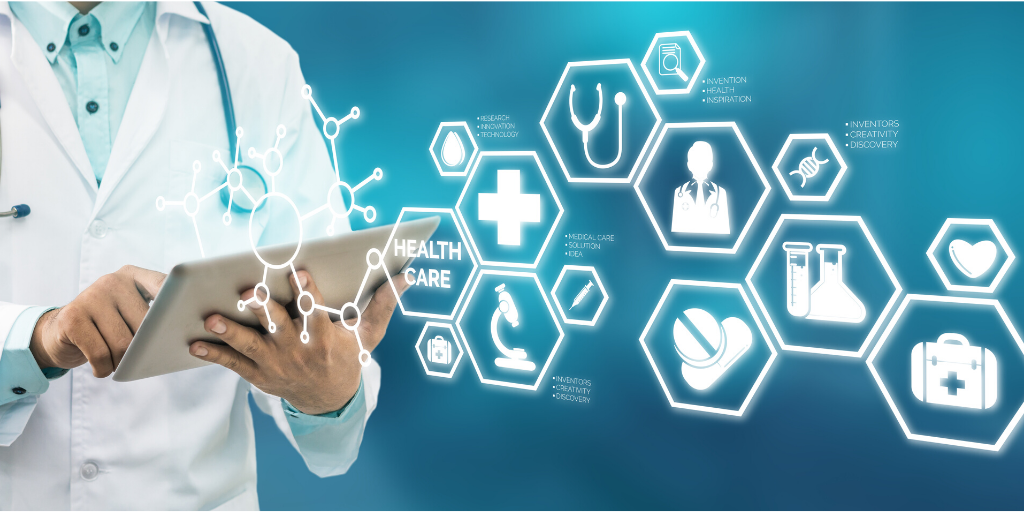AWS Public Sector Blog
Category: Healthcare
Using advanced analytics to accelerate problem solving in the public sector
Organizations across the globe are using advanced analytics and data science to predict and make decisions. They are finding ways to use their vast and diverse data stores to predict the best place to put their next retail store, what products to recommend to customers, how many employees they need for peak hours of operation, and how long a piece of machinery has until it needs maintenance. Public sector organizations in government, education, nonprofit, and healthcare are looking to use data to advance their missions too. Learn how.
Our Public Sector Partners in action: Healthcare, data visualization, and remote work
AWS is grateful for our AWS Partner Network (APN) Public Sector Partners that have stepped up to support customers during this rapidly changing and dynamic global health situation. I thought I’d share a few examples of how our innovative and agile APN Partners are collaborating with public sector organizations around the world. I hope this list gives you some ideas of ways in which our partner community can support you during this time. Here are just a few examples:
From research sharing to collaborative communications: Addressing the needs of our public sector customers during unprecedented times
In support of governments and educational institutions around the world, AWS is quickly deploying people and technology to enable remote learning and home working. Our services can help address our customer’s most pressing challenges during this unprecedented time, including making sure citizens are productive with remote working solutions, that students can access online learning platforms, and that communications are reliable and available for public entities at all levels of government.
Enabling security, interoperability, and discovery in healthcare with the cloud
How can healthcare organizations use Amazon Web Services (AWS) to better serve patients and meet their mission? Learn how government, education, and nonprofit healthcare organizations are using the AWS Cloud to keep patient information secure, achieve interoperability, and speed time to science.
Using artificial intelligence to help increase breast screening attendance
University Hospitals of North Midlands Trust’s Breast Care Unit approached Redmoor Health to discuss innovative ways to improve patient engagement. Turning to social media, the Health Innovation Campus at Lancaster University, Redmoor Health, and the National Health Service (NHS), began using Facebook to reach the at-risk demographic (women 49+ years old). Through this collaboration, they saw the number of patients attending vital breast screening appointments increase by 13% – among the best in the country.
In case you missed it: December 2019 top blog posts round up
From announcements at AWS re:Invent 2019 to building a healthcare data lake, check out what you missed in December on the AWS Public Sector Blog.
Grand River Hospital builds data lake on AWS, achieves “seamless business continuity”
In 2019, Grand River Hospital turned to AWS to build the first AWS healthcare data lake in Canada. The data lake was built to house the hospital’s sensitive patient and administrative data while retiring its legacy hospital information systems, comprised of electronic patient record and other administrative systems. Grand River Hospital in Ontario, Canada is a 580-bed community hospital with a yearly operating budget of around $400 million CAD serving a community of 600,000-650,000 people.
Automating fall detection with AWS DeepLens
What if someone in a hospital room or public train station suddenly falls due to a stroke or other health issue? An automated monitoring system like AWS DeepLens, a deep learning-enabled video camera for developers, could detect such falls and contact emergency services in a timely manner. Using AWS DeepLens, I created a solution.
Patient-centered health: How AWS helps patients take control of their own health data
Imagine: Transforming the patient and caregiver experience by streamlining health providers and administrative staff interactions and calculating risk score and clinical decision support systems to offer clinicians actionable insights at the point of care. Establishing healthcare data interoperability interfaces, like Fast Healthcare Interoperability Resource (FHIR), can help empower patients and improve their care.
How the University of British Columbia uses the cloud to reduce sunflower genomic processing time and research costs with a data lake
The botany department at the University of British Columbia (UBC) and the UBC Data Science Institute are working together to research the evolution and genetic makeup of sunflowers – a critical crop in addressing global food security.









